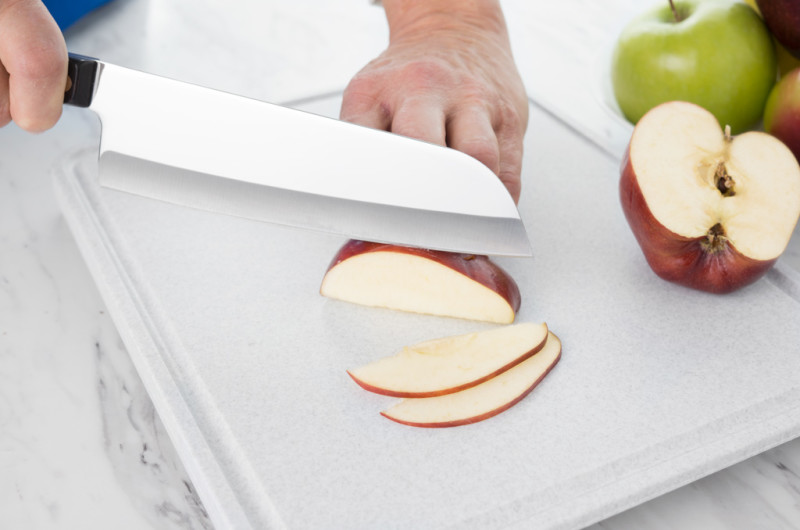How to Heal Knife Cut Fast: Essential Tips for Barbecue Enthusiasts
Written By James Morgan
Barbecue enthusiasts know that the thrill of grilling comes with its fair share of risks. One moment, youre slicing up some brisket, and the next, youve got a nasty knife cut. Knowing how to heal knife cut fast can make all the difference between a minor inconvenience and a major hassle.
Blade mishaps happen to the best of us, and while you might be focused on serving the perfect steak, safety should always be a priority. Lets dive into some effective methods to heal knife cuts quickly, so you can get back to doing what you love: barbecuing!

Immediate Steps to Take After a Cut
When you first get a knife cut, its crucial to act quickly. Heres what you should do:
1. Clean the Wound
The first step is to clean the wound to prevent infection. Rinse the cut under running water to remove any debris. Avoid using alcohol or hydrogen peroxide, as these can irritate the wound and slow down healing.
2. Apply Pressure
Use a clean cloth or bandage to apply pressure to the cut. This will help stop the bleeding. Hold it firmly for a few minutes.
3. Apply an Antibiotic
Once the bleeding has stopped, apply an antibiotic ointment to prevent infection. Brands like Neosporin are popular choices.

Keeping the Wound Protected
After initial treatment, keeping the wound clean and protected is vital.
Use a Sterile Bandage
Cover the cut with a sterile bandage or gauze. Change the bandage daily or whenever it becomes wet or dirty.
Keep It Dry
Avoid submerging the cut in water for prolonged periods. When showering, protect the wound with a waterproof bandage or use a plastic cover.

Natural Remedies for Fast Healing
Sometimes, natural remedies can speed up the healing process. Here are a few:
Aloe Vera
Aloe Vera is known for its soothing and anti-inflammatory properties. Apply fresh Aloe Vera gel directly to the cut for relief and faster healing.
Honey
Honey is a natural antiseptic. Apply a small amount to the cut and cover it with a bandage. This can help prevent infection and speed up healing.

When to Seek Medical Attention
While most minor cuts can be treated at home, some situations require professional help.
Deep Cuts
If the cut is deep and wont stop bleeding, you may need stitches. Contact a healthcare provider immediately.
Signs of Infection
If you notice redness, swelling, pus, or increasing pain around the cut, these could be signs of infection. Seek medical attention to prevent complications.
Best Practices for Knife Safety
Preventing cuts before they happen is the best way to avoid the problem altogether. Here are some knife safety tips:
Use a Sharp Knife
A sharp knife is safer than a dull one because it requires less force to cut. Always keep your knives sharpened.
Use Proper Technique
Learn proper cutting techniques and always cut away from your body. Keep your fingers tucked in to avoid accidental cuts. For a detailed guide, check out this knife skills guide by the New York Times.
Stay Focused
Avoid distractions while using a knife. Focus on the task at hand to prevent accidents.
FAQs
What should I do if my cut gets infected?
If you suspect your cut is infected, its important to seek medical attention. Signs of infection include redness, swelling, pus, and increasing pain. Your healthcare provider may prescribe antibiotics to treat the infection.
Can I use essential oils to heal a knife cut?
While some essential oils have antibacterial properties, its important to use them with caution. Tea tree oil and lavender oil can be used in small amounts, but always dilute them with a carrier oil before applying to the skin.
How long does it take for a knife cut to heal?
The healing time for a knife cut depends on its severity. Minor cuts can heal within a few days, while deeper cuts may take a couple of weeks. Proper care and hygiene can speed up the healing process.
For more tips on handling knives safely, visit this guide from the New York Times. If youre interested in learning more about knife skills, check out our article on cutting food with a knife on Grilling4All.
As an Amazon Associate, I earn from qualifying purchases.



